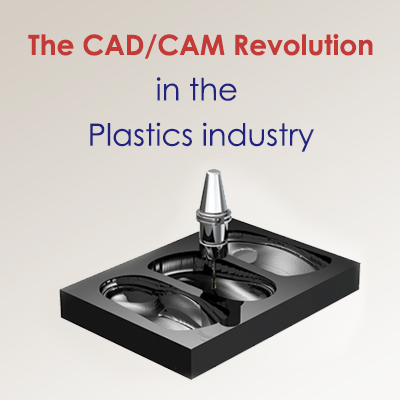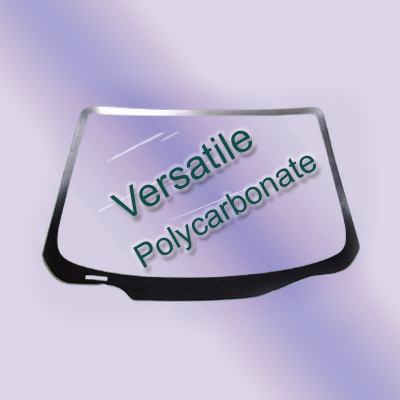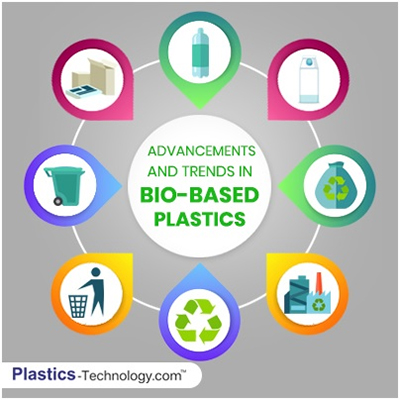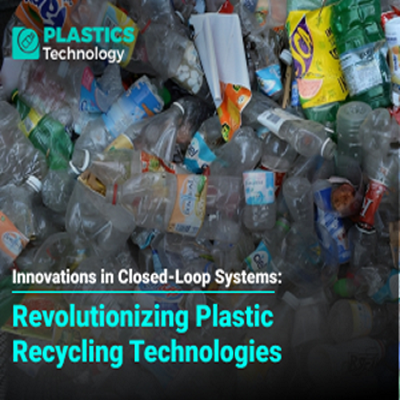The CAD CAM revolution in the Plastics industry

New innovation is continually energizing yet not generally reasonable. How frequently has an apparently as good as ever contraption hit the market that your wallet basically hasn't had the capacity to stomach? Since the early improvement of SKETCHPAD in 1963, an ancestor of CAD and CAM programming, the issue has been two-fold: in what manner can CAD and CAM programming create to serve various commercial enterprises and get to be monetarily open?
Similarly as with a lot of people new developments, costs began high and after that diminished quickly. In 1990, Mark Miller, president of Microcimm frameworks, endeavored to make a CAD/CAM programming bundle intended for machines accessible for one and only tenth of the business esteem. Due to the colossal change in value, the system offered to first-time CAD clients and little organizations. Today, moderate CAD and CAM programming is totally standard around reliant businesses—programming is promptly accessible from a mixed bag of organizations and free demos and downloads aren't elusive. To comprehend why such a variety of businesses now rely on upon moderate CAD/CAM programming bundles, investigate how each one project functions.
Lowlife, or machine-helped outline, is a type of workstation engineering that helps in the drawing and specialized drafting of items and even structures. Designers use CAD to create 3d drawings of their outlines—CAD might be very particular and distinctive adaptations exist for diverse provisions—yet its primary capacity is the making of 2d vector-based models and 3d strong and surface models. Producers utilize CAD's capacities to view particular part and segment plans before preparation, so they can check for defects and re-design if necessary.
CAM, an acronym for workstation-helped assembling, makes physical models—this is useful when producers need to check a part or segment against different parts for legitimate fit. With a specific end goal to produce the genuine model, CAM works close by CAD—utilizing CAD plans, CAM utilizes numerical coding to run the machine that makes the item. A CAD/CAM bundle permits organizations to create and spare their item plans, and system machines to make the real component.
Tooling makers that handle high-accuracy micro parts in cross breed materials — for instance, electrical connectors and switches — are refining their inclination in handling and methodology innovations, and Vero Software is around their decisions. A great sample is Kummer Gmbh of tisheim, Germany, which has matched a Vero CAD/CAM/CAE bundle with its K'tecsystem generation process, and accordingly has developed as creative maker of micro parts for auto, restorative, and telecommunication OEMs.
Vero Software outlines, creates, and supplies CAD/CAM/CAE programming software that makes plan and assembling procedures more proficient. Its projects have been especially successful at expanding gainfulness and diminishing time to market for makers of plastic infusion molds and dynamic passes on.
As far again as 1998, Kummer's executives Wolfgang and Jens Hofmann perceived that the plastics and stamping commercial enterprises might get to be progressively aggressive, so they started to put resources into R&d and progressed methodology engineering. Inside two years, after intensive inner testing, Kummer presented its successive overlaid infusion prepare that consolidates both metal stamping and plastic infusion shaping inside a solitary machine.
Kummer's covered infusion technique — K'tecsystem — can stamp, twist, structure and after that over-shape the handled item with plastic, utilizing only one mixture machine. This methodology fabricates solid, cost-proficient, high-esteem segments in stamping presses that have a press power range from 25 to 125 metric tons and a stamping rate of up to 1,000 strokes for every moment. The plastic infusion machines help numerous sorts of thermoplastics with a bracing energy of up to 200 metric tons and shot weights between 1 and 100 g.
Kummer looks for immediate contact with clients. It offers its full run of information in the field of stamping so as to discover a monetary answer for every specialized issue. At the point when a request arrives the outline specialists begin working quickly with the customer, offering handy recommendations regarding how the configuration may be changed or streamlined, to make the best utilization of the overlaid infusion methodology, and eventually to make the part more savvy-to generate.
All around the complete plan and assembling cycle, Kummer utilizes Vero Software's VISI suite of CAD/CAM results. VISI Progress is utilized to plan parts and the punch device, including creating the sheet metal part and strip format. VISI Mold is utilized to plan the plastic infusion mold, and both modules cooperate in a consistent construction process.
“It was important for us to cater for all three scenarios using a single 3D system,” according to Thomas Härdt, head of development and construction. "Kummer already had an in-house design system from one of the 'big three' CAD suppliers, but we found that the system was not efficient for tool design. These systems are fully parametric, and so complex that they require 80% of your brain power to foresee the best working practice – which leaves only 20% for the project itself. With VISI, the opposite is true. The system has proved so easy to use that we were already up and running within two weeks and more efficient than with our previous system after only three months."
For example, a hole can be automatically identified and machined irrespective of its diameter, using another sequence of CAM cycles. “With our previous 2D system, the feature recognitions rate lay between 80 - 90%. With Compass we have already surpassed that mark, and there is still room for further optimization. In total, we are running 16 licenses of VISI Modeling as a base platform and a number of additional licenses for VISI Mold, VISI Progress and VISI Machining with Compass Technology,” explained Härdt.
Vero’s marketing manager, Marc Freebrey, explained that the area around Pforzheim, Germany, between Karlsruhe and Stuttgart, which includes Kummer’s location in tisheim, is unique in the sense that there is a high concentration of progressive-die companies producing the same type of micro components.
"Many of the companies work together to define the CAD standards and the products they use to ensure maximum productivity. Historically, the companies have used a combination of CADDA (2D system), ME10, and NX or Pro-E. However the industry trend has been to move towards a dedicated CADCAM system for mold and die - and the product of choice is VISI. A customer user group has been established, in which the users are able to vote on their particular needs and define the priority of items put forward for development.”
Freebrey added that this close relationship between customer and software provider makes sure that the product remains focused on the market requirements and provides the users with an opportunity to help define future developments and innovation.
http://www.thomasnet.com
http://americanmachinist.com



